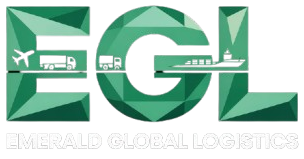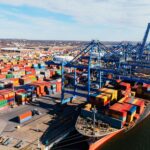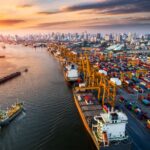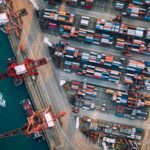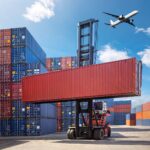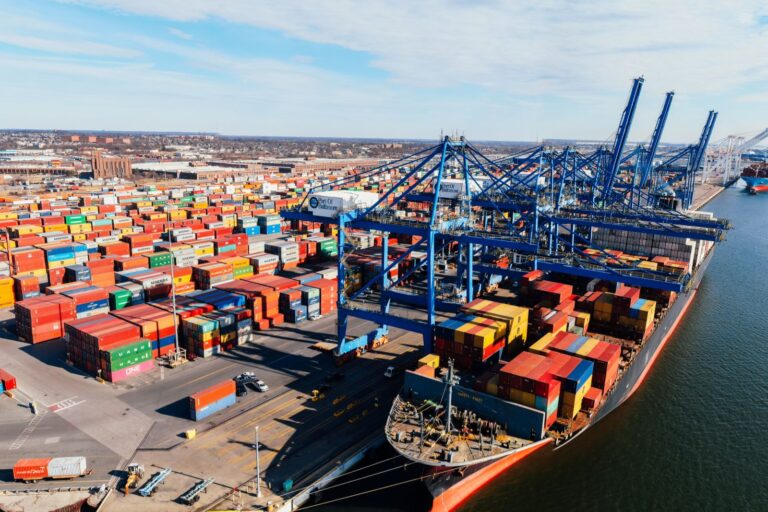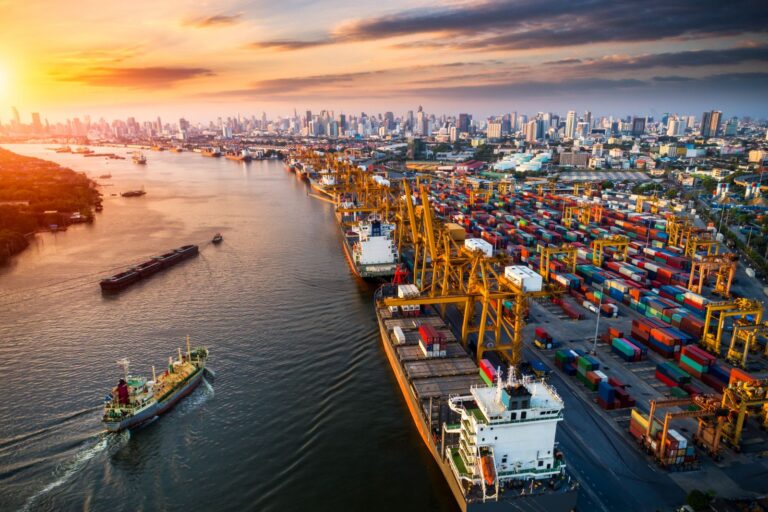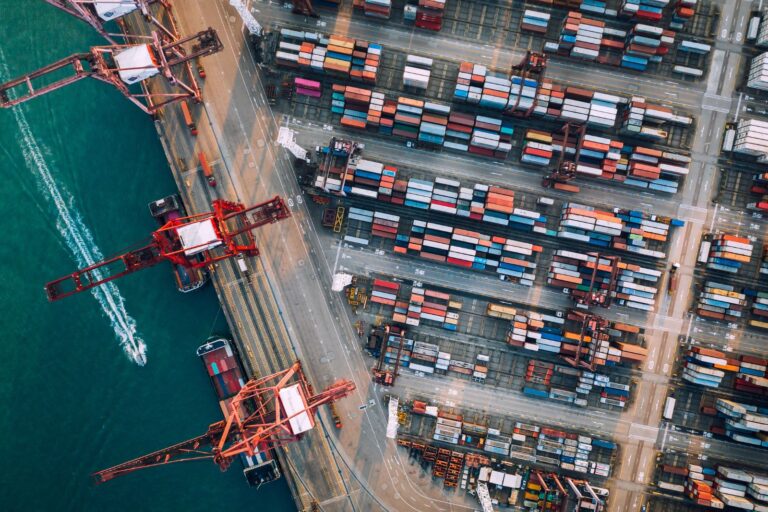Introduction
When moving goods across international borders, one of the first questions businesses and individuals ask is: how long does container shipping take? Whether you’re importing products for your business, relocating household goods, or managing global supply chains, transit times can directly impact costs, planning, and customer satisfaction.
The reality is that container shipping doesn’t have a one-size-fits-all timeframe. Transit times vary depending on distance, shipping routes, customs procedures, and even seasonal demand. That’s why having expert guidance is crucial.
At EGL – Emerald Global Logistics, we provide businesses and individuals with tailored freight forwarding solutions. Our goal is to help you understand the container shipping process, estimate realistic timelines, and streamline logistics so your cargo arrives safely and on time.
Understanding Container Shipping Transit Times
Container shipping involves moving goods via sea freight, often across thousands of kilometres. Unlike air freight, it takes longer but remains the most cost-effective method for large shipments.
Average Shipping Durations
- Short-haul regional routes: 7–14 days (e.g., Asia to Australia).
- Medium-distance routes: 3–5 weeks (e.g., Europe to Australia).
- Long-haul intercontinental routes: 5–8 weeks (e.g., US to Australia).
Factors That Affect How Long Container Shipping Takes
1. Origin and Destination
The further the ports, the longer the shipping time. Direct routes are faster, while transhipment routes (stopping at multiple ports) add days or weeks.
2. Mode of Container Shipping
- FCL (Full Container Load): Usually quicker since it doesn’t require cargo consolidation.
- LCL (Less than Container Load): Takes longer because goods must be grouped with other shipments.
3. Customs and Quarantine
Delays often happen during customs inspections or quarantine checks. In Australia, strict biosecurity regulations can add extra days if cargo isn’t prepared properly.
4. Port Congestion
Busy ports may have waiting times for loading and unloading, especially during peak seasons.
5. Weather and Seasonal Demand
Storms, cyclones, or global shipping demand spikes (like pre-Christmas) can affect schedules.
Step-by-Step Timeline: How Container Shipping Works
1. Booking & Documentation (1–2 weeks before departure)
Shippers book space with a logistics provider. Key documents include Bill of Lading, commercial invoice, and packing list.
2. Container Packing & Loading (1–3 days)
Goods are packed, sealed, and transported to the port.
3. Departure & Ocean Transit (7–45 days depending on route)
The longest part of the journey — varies by distance and route.
4. Arrival & Customs Clearance (3–7 days)
Containers are offloaded, inspected, and cleared by customs.
5. Final Delivery (2–5 days)
Goods are moved inland to warehouses, businesses, or homes.
Costs vs Transit Times
Shipping speed often affects cost.
- Sea Freight (FCL/LCL): Lower cost, longer time.
- Air Freight: Much faster (2–7 days) but significantly more expensive.
💡 Tip: If you need faster delivery without the cost of air freight, consider express LCL services offered by providers like EGL.
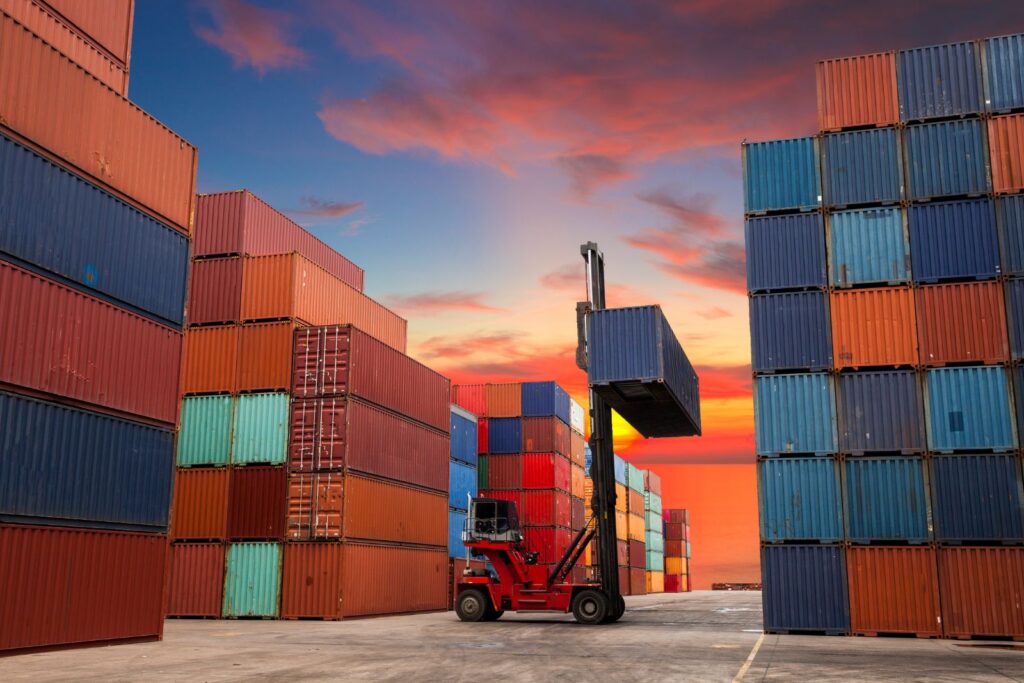
Tips to Reduce Delays in Container Shipping
- Plan early: Book at least 4–6 weeks ahead during peak seasons.
- Use FCL when possible: Faster and more predictable than LCL.
- Work with experienced freight forwarders who manage customs efficiently.
- Prepare proper documentation to avoid compliance delays.
- Track shipments with real-time updates.
Common Mistakes That Add Time
- Misdeclaring cargo weight or type, causing customs issues.
- Choosing the cheapest route without checking transit time.
- Poor packaging leading to damage inspections.
- Ignoring local quarantine requirements in Australia.
Use Cases: Real-World Shipping Scenarios
- Retailers importing bulk goods from China to Australia (10–14 days).
- Manufacturers sourcing machinery from Europe (4–6 weeks).
- E-commerce sellers using LCL for smaller shipments (extra 7–10 days).
- Individuals relocating overseas with full household containers (varies by route).
Why Choose EGL – Emerald Global Logistics?
At EGL – Emerald Global Logistics, we provide clear timelines and transparent pricing for container shipping. Our expertise ensures your goods arrive as planned, avoiding unnecessary delays.
We offer:
- Tailored FCL & LCL solutions.
- Customs clearance support to speed up delivery.
- Global partnerships for faster routing.
- End-to-end visibility with shipment tracking.
👉 Learn more here: About EGL
FAQs – How Long Does Container Shipping Take?
1. What’s the fastest way to ship containers?
FCL with direct routes is fastest; air freight is quicker but much costlier.
2. Can I speed up container shipping?
Yes, by booking FCL, choosing express services, and preparing customs documents correctly.
3. How long does shipping from China to Australia take?
Typically 10–14 days via sea freight, plus customs clearance time.
4. Why does LCL take longer than FCL?
Because shipments are consolidated with other cargo, adding extra handling steps.
5. Can EGL guarantee delivery timelines?
EGL provides estimated transit times and works to minimise risks of delay.
Conclusion – Plan Ahead for Reliable Shipping
So, how long does container shipping take? The answer depends on route, cargo type, and logistics planning — but average times range from 2 to 8 weeks. By understanding the process and working with an experienced logistics provider, you can minimise delays and make informed supply chain decisions.
At EGL – Emerald Global Logistics, we help businesses and individuals achieve faster, stress-free container shipping worldwide. If you’re ready to simplify your logistics, contact us today for tailored support.
